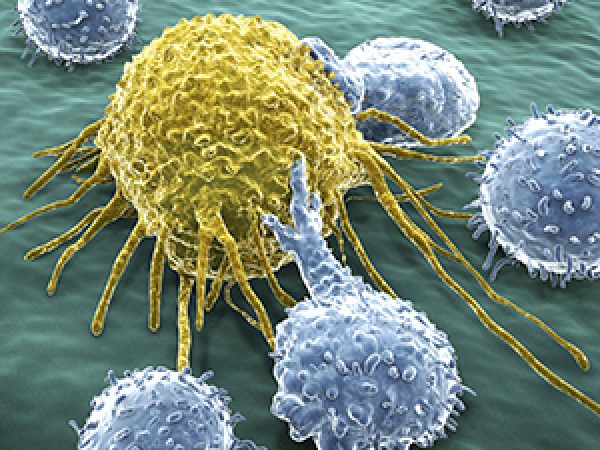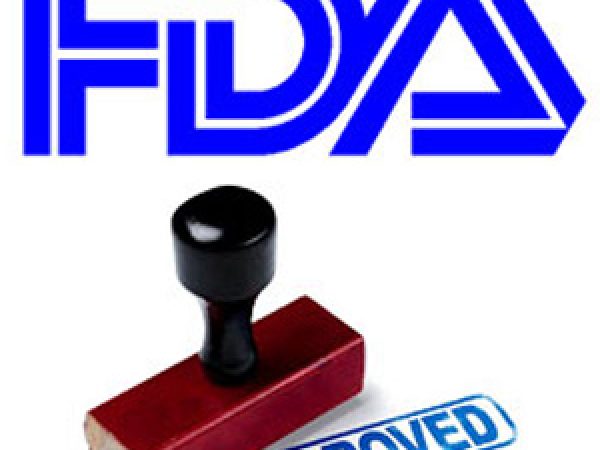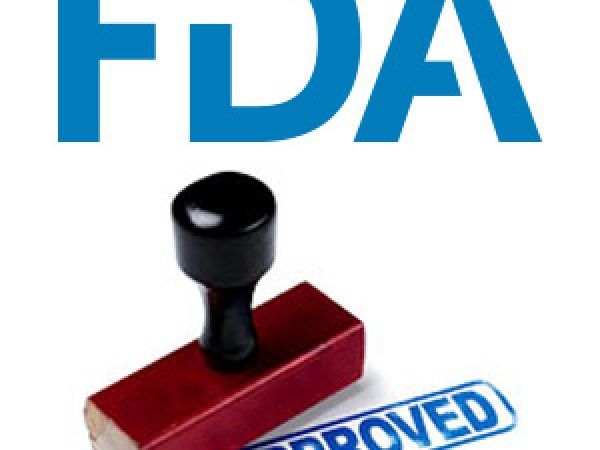Pride and (Health Care) Prejudice: Challenges Faced by LGBTQIA+ Cancer Patients
According to an annual Gallup poll that surveys approximately 10,000 U.S. adults, 7.2% of Americans aged 18 and older identified as lesbian, gay, bisexual, transgender, queer, intersex, asexual, or anything other than heterosexual and cisgender (LGBTQIA+) in 2023.
This percentage has more than doubled since the question about sexual and gender identity was first asked in 2012, at which time 3.5% of U.S. adults identified as LGBTQIA+. The increase appears to be driven by younger generations; 19.7% of Generation Z (born after 1997) and 11.2% of Millennials (birth years 1981-1997) identify as LGBTQIA+, compared with 3.3% of Generation X (birth years 1965-1980) and 2.7% of Baby Boomers (birth years 1946-1964).
As the number of LGBTQIA+ individuals grows, so does the number of LGBTQIA+ cancer patients, which requires care centers to adapt to the community’s specific needs. “There has been a noted uptick in desire for specific professional strategies to better serve this population,” said Scout, PhD, MPH, executive director of the National LGBT Cancer Network, in a commentary published in Cancer Discovery. “Still, even though some strategies are very easy for offices to implement, the current state of the field is one of high need and low action.”
Scout’s commentary in Cancer Discovery describes how the lived experiences of LGBTQIA+ individuals shape how they approach cancer prevention, screening, and treatment. We asked Scout to share their thoughts on how health care systems and policymakers can help reduce these barriers.
Health Disparities and Medical Mistrust
Several recent studies have highlighted the disparities in cancer care faced by members of the LGBTQIA+ community. A study presented at the AACR Annual Meeting 2023, held April 14-19, showed that cancer patients of sexual and gender minority (SGM) groups were younger, on average, at diagnosis. They also reported higher consumption of tobacco and alcohol and lower rates of physical activity. Other published studies found that transgender patients were 1.76 times more likely to be diagnosed with late-stage lung cancer, less than half as likely to receive treatment for kidney and pancreatic cancer, and had worse overall survival for prostate cancer, bladder cancer, and non-Hodgkin lymphoma.
“At every stage of the cancer care continuum, the LGBTQIA+ communities have a different experience than the general population; I think a lot of people don’t realize that until they look at it through our lens,” Scout said. For example, the higher reported rates of certain modifiable risk factors, such as smoking and drinking, may be a reaction to pervasive stress, Scout explained.

At the diagnosis stage, LGBTQIA+ patients have reported that assumptions based on stereotypes impacted their care, such as being told that their persistent pain was due to sexual behaviors instead of possible cancer, Scout said. Additionally, insufficient training about issues specific to LGBTQIA+ cancer care may leave providers feeling unsure about best practices.
When patients begin cancer treatment, they often require more social support, but LGBTQIA+ cancer patients have fewer social support resources than much of the population. Cancer treatment also increases the number of providers a patient must interact with. Scout emphasized that around 20% of SGM Americans live in states where religious freedom laws could allow the denial of care based on sexual orientation or gender identity, and outside of those states, many SGM individuals continue to face discrimination and disrespect.
“With over 500 pieces of anti-LGBTQ legislation pending in the U.S., our community feels under attack,” Scout said.
In the commentary, Scout explained that a provision in the 2010 Affordable Care Act prohibited health care discrimination based on sexual orientation and gender identity. This included protections for transgender individuals whose providers, prior to this act, rarely disclosed their patients’ gender identity in their medical records.
The legislative change made transgender individuals and their providers more comfortable disclosing their status. However, by June 2020, many of these protections were rolled back, and the Religious Freedom Restoration Act was bolstered to allow the refusal of health care. Patients whose sexual orientation and gender identity were now visible in their medical records found themselves vulnerable to discrimination once more.
Scout cited a recent example, in which transgender patients at Vanderbilt University Medical Center received notice that their medical records were subpoenaed and turned over to Tennessee’s Attorney General as part of an investigation about state funds and gender-affirming care. Scout added that the action has caused major distress among members of the transgender community.
Medical mistrust is high among LGBTQIA+ individuals, who often go to extra lengths to ensure prospective providers will welcome them. For many reasons, LGBTQIA+ individuals are less likely to have a primary care provider who can, for example, recommend and schedule cancer screenings.
Scout also explained that the mental and emotional burden of such a search can result in delayed care. “If I could find a colonoscopy provider who assured me that they were great with trans people, I would get a colonoscopy so much faster,” they said. “But I can’t, so I put them off by about a year.”
For health care centers that welcome LGBTQIA+ individuals, Scout stressed the importance of making that information publicly available. A 2020 study of National Cancer Institute-designated cancer centers found that almost a quarter of centers did not include gender identity and expression in their Patients’ Bill of Rights and over half did not explicitly include them in their non-discrimination policies.
“The problem is that silence these days is incredibly loud in the face of that legislative onslaught,” Scout said. “If we’re trying to figure out what’s safe, and you’re being quiet, you’re absolutely contributing to the ongoing disparities.”
Supporting Patients in Health Care and Research
Scout offered several suggestions to health care centers seeking to publicly affirm their acceptance of LGBTQIA+ individuals.
“Creating visible champions among health care staff is one of the best ways one can continue to create change across an organization,” they said on the subject of hiring diverse staff and allowing them to express themselves. “If you’re not acknowledging the diversity of your employees and valuing their expertise, how can you treat your patients with the same dignity?”
Scout also elaborated on signals of safety that LGBTQIA+ patients look for—online, in the waiting room, and during intake.
“If I visit your website, and I search ‘bisexual’ or ‘transgender,’ will anything come up? When I go to your office, will I see posters that reflect families I’m familiar with, or just those who look like the general population?” Scout said. “When I go to intake, will I be asked if I’m an SGM? If I say my name is not my name assigned at birth, will you respect it? And if I say my pronouns are not what you might guess they are, will I be referred to by those pronouns?”

In terms of online visibility, Scout suggested joining curated lists of welcoming providers, such as those managed by the National LGBT Cancer Network and the Gay and Lesbian Medical Association, as well as including statements of acceptance on the provider’s website. In person, staff can wear rainbow lanyards and/or pronoun pins to show acceptance.
The National LGBT Cancer Network offers trainings to help health care providers and hospitals create a supportive environment for LGBTQIA+ patients. They also offer a range of educational resources to the LGBTQIA+ community to raise awareness about cancer screening, cancer prevention, and what to expect during cancer care, as well as virtual support groups for LGBTQIA+ cancer patients.
Scout and colleagues also advocate strongly for the collection of data about SGM populations in federal surveys and health care offices. “Our whole system for measuring, researching, and fixing health disparities starts with data; if you don’t have data, you can’t solve anything,” Scout said.
They explained that a lack of data about SGMs makes it difficult to prove that targeted interventions for these populations are warranted, especially when researchers are competing for limited funding. Researchers can help not only by including SGMs in clinical studies but by collecting information on their SGM status.
“Every time somebody gathers that data, you’re giving a little bit more power to the people who care about our communities to actually address, fix, measure, and change health disparities,” Scout said. “It will be a great day in our world when you show up to the hospital or doctor’s office, and they routinely ask, ‘Are you LGBTQIA+? Also, what’s your race? Also, are you a member of any of these other historically underserved populations?’”



